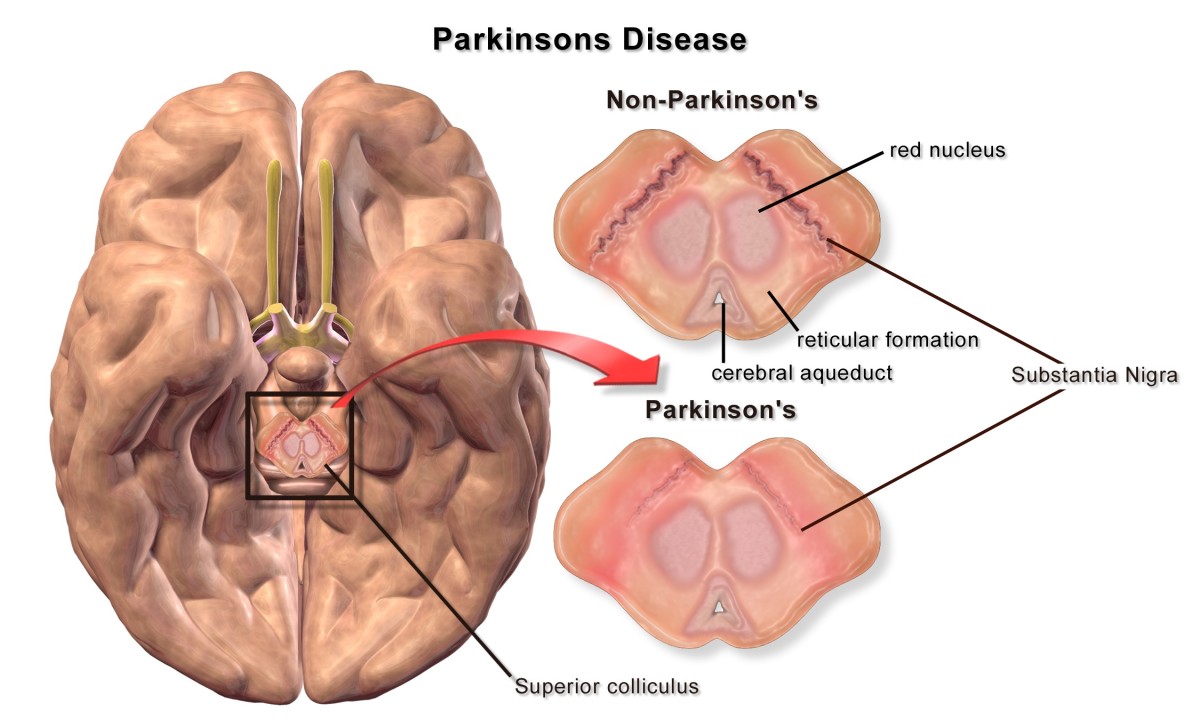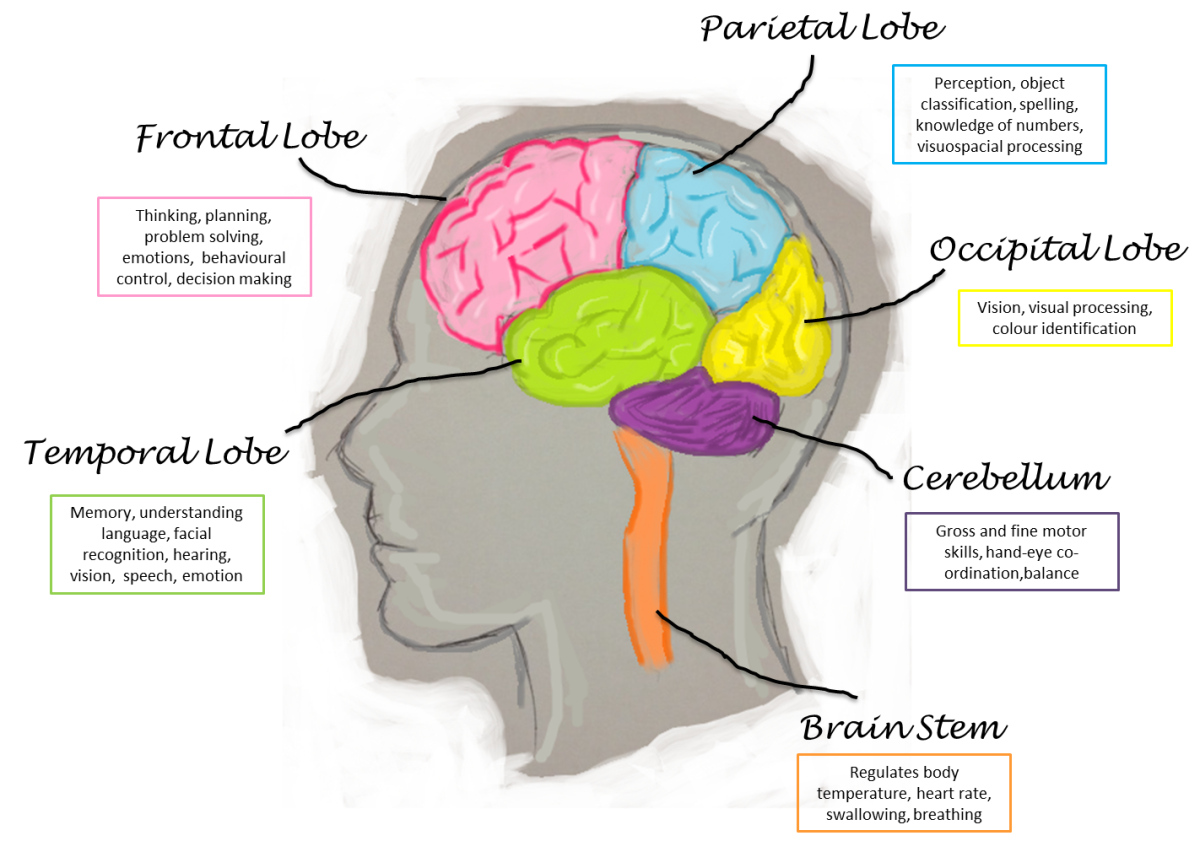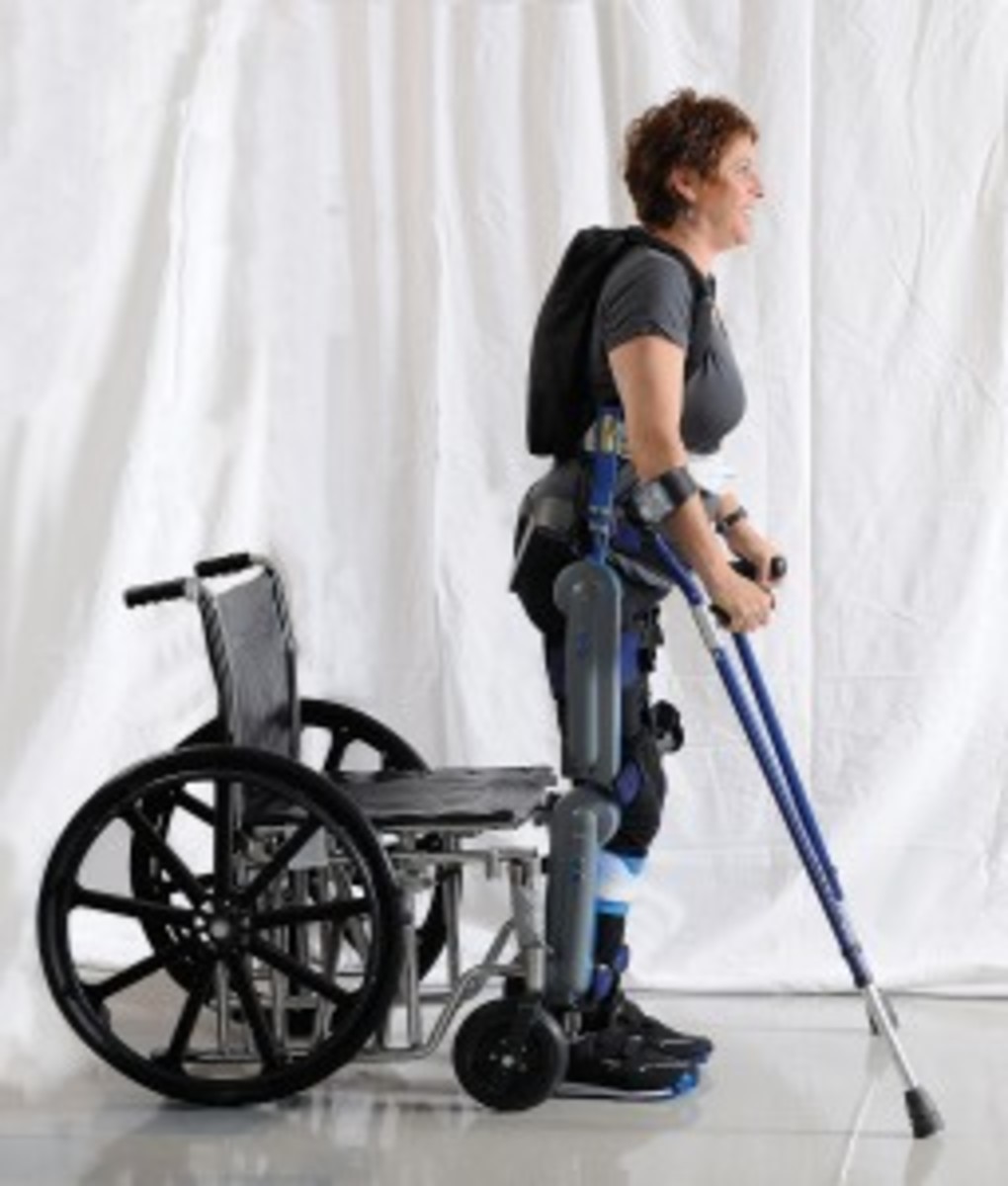Brain Damage & Recovery
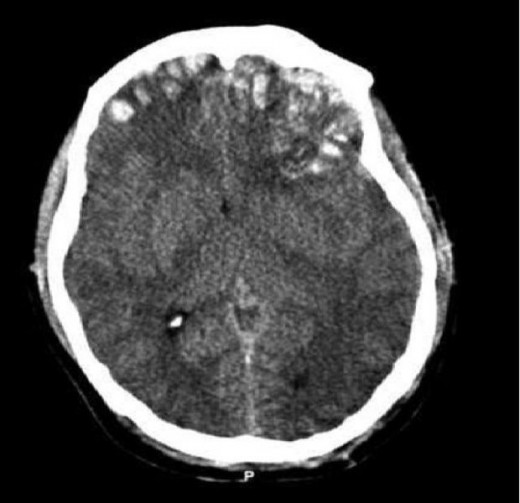
Remarkably, many people show recovery after brain trauma, although the process of recovery is rarely a complete one. The mammalian nervous system only replaces a few damaged or dead neurons, and those are only in specific locations.
The human brain can be traumatized in several ways, including infections, tumors, radiation or toxic exposures, a sharp blow to the head, and degenerative diseases such as Alzheimer's disease or Parkinson's disease.
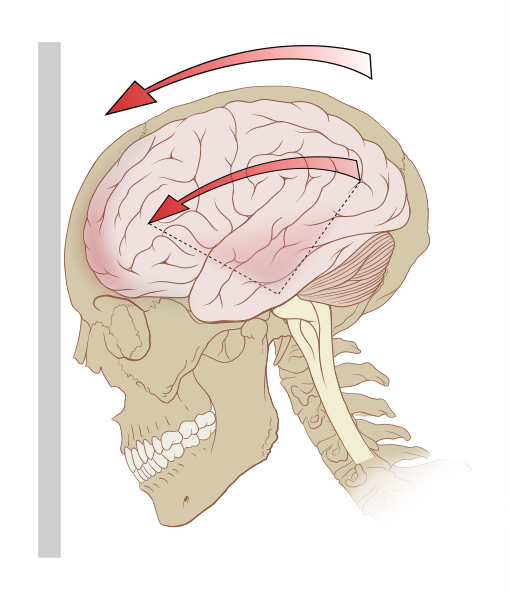
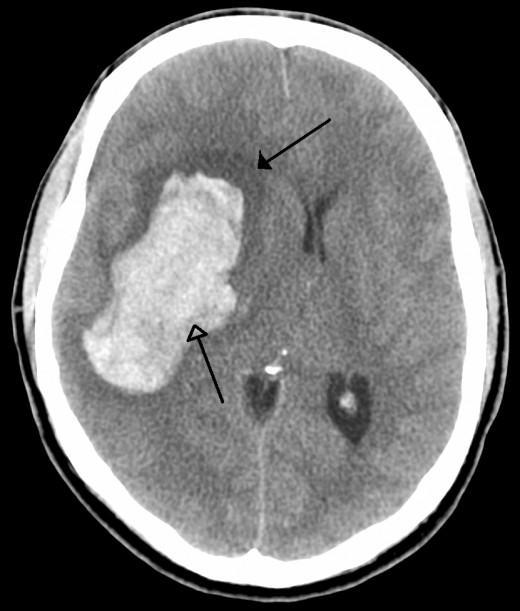
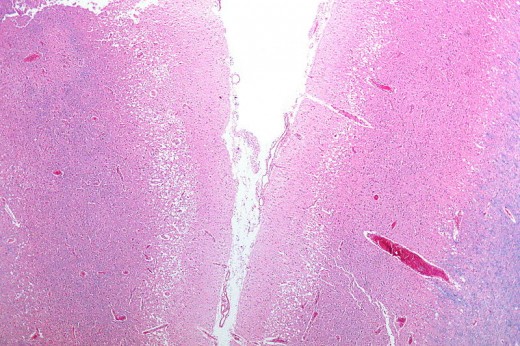
In young adults a closed head injury is the most common cause of brain damage resulting from a fall, an automobile accident, an assault, a sports accident, or some other trauma. Part of the damage comes from rotational forces that push the brain suddenly against the skull. This usually results in blood clots that often impede the normal flow of blood to the brain. Most people have suffered from at least one closed head injury in their lifetime.
A minor injury can sometimes cause long-term issues but usually does not. Continuous blows to the head or skull, such as that with boxers, causes serious memory loss, coordination control, interferes with reasoning skills, and even emotions.
Elderly people usually get brain damage from a stroke. A stroke causes a temporary loss of normal blood flow to the area of the brain. The most common type of stroke is ischemia, which happens when a blood clot or something obstructs or closes an artery. The least common type of stroke is hemorrhage, which is basically when an artery ruptures. Both types of strokes have the same effects. A stroke varies from person to person and it's severity is anywhere from barely noticeable, to body disfigurement, to immediate death.
Strokes destroy neurons in two steps. First, any cells in the immediate area of the ischemia or hemorrhage expire quickly. Second, cells in immediate area surrounding the damage (penumbra area) are in distress and may die over the next several days to weeks.
In ischemia, cells in the immediate vicinity of the damage, lose almost all of oxygen and glucose supply. With a hemorrhage they are saturated with too much calcium, oxygen and other products of the blood. After either type of stroke, cells in the area around the damage are bombarded with waste materials from other cells that are dead or dying. Potassium ions begin to build-up outside neurons in this area because the sodium-potassium pump doesn't have as much fuel as before. Edema then forms because the blood-brain barrier has been compromised.
The combining of edema and potassium forces glia cells to dump much of the glutamate along with other neuron transmitters they had stored. The over-saturation of glutamate over-activates the neurons, making it more difficult for their sodium-potassium pump to keep up. Calcium, Zinc ions, and sodium slowly build-up inside neurons.
As neurons die, glia cells increase rapidly, removing dead neurons and their waste products. Both hemorrhage and ischemia strokes kill neurons by overstimulating them.
As researchers have come to understand a stroke quite extensively, we may be able to figure out methods to minimize its damage. One such method in use is a drug called tPA or tissue plasmiogen activator. This drug is effective in breaking up blood clots. This drug is used for ischemia strokes but not for hemorrhage strokes. This drug also has a combined effort of being good and bad by helping and harming the survival of damaged neurons.

Recovery After Brain Damage
People with damage to the brain usually show some improvement, generally within the first month after the trauma. Even after quite a bit of improvement, the brain will not be restored to what it was before the trauma. A person who has had brain damage and is finally functioning normally usually has to work harder than usual to get the same results as someone who hasn't had an injury in their past. Also that same person may deteriorate much faster after a tiring effort, or get drunk after only a beer or two.
As a person recovers, another part of the brain takes over the functions of the traumatized part, but this is true only in a limited way. For example, a person who has a leg injury, will use his other leg. This does not mean the good leg took over the work of the bad leg, it simply means it is performing its own functions in a new and different way. The same method applies to the brain. Some structural changes in the neurons that survived can in some ways restore lost functions.
A lot of the recovery effort after brain damage is in learning. The person learns to use unimpaired areas. Some areas may first appear to be damaged beyond repair, but later turns out to only be impaired. It is feasible to get rid of the sensory or feeling information from a limb by cutting the sensory nerves. The sensation is lost, but this does not effect the ability to use the limb. The muscles can still be controlled. This is called deafferented, meaning the loss of afferent sensory input.
People with brain damage, many times, find it much easier, at first, to just not use an impaired area. Many times, it's possible to use the area, but easier to not try. Sometimes they do not realize it can be used. This is where therapy is helpful. Therapists sometimes focus on showing an individual how much they can do and teach them to practice over and over.
Credits:
- Feeney & Sutton, 1988.
- Perani, Vallar, Paulesu, Alberoni, & Fazio, 1993.
- Barinaga, 1996.
- Stout, Raphael, Kanterewicz, Dlann, & Reynolds, 1998.
- Lee, Zipfel, & Choi, 1999.
- Eidelberg & Stein, 1974.
- Mendez, 1995.
- Kirkpatrick, Smielewski, Czosnyka, Menon, & Pickard 1995.



